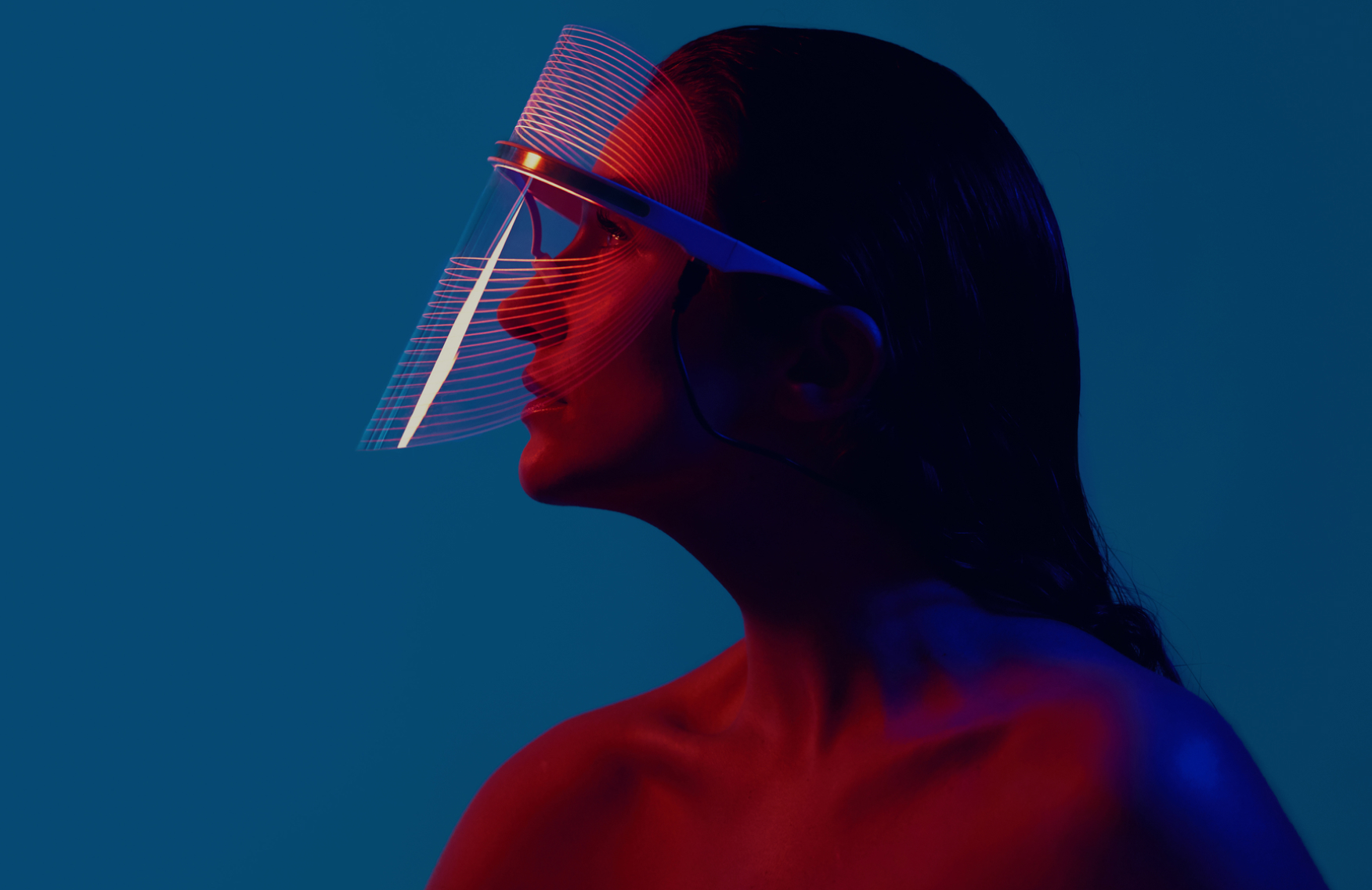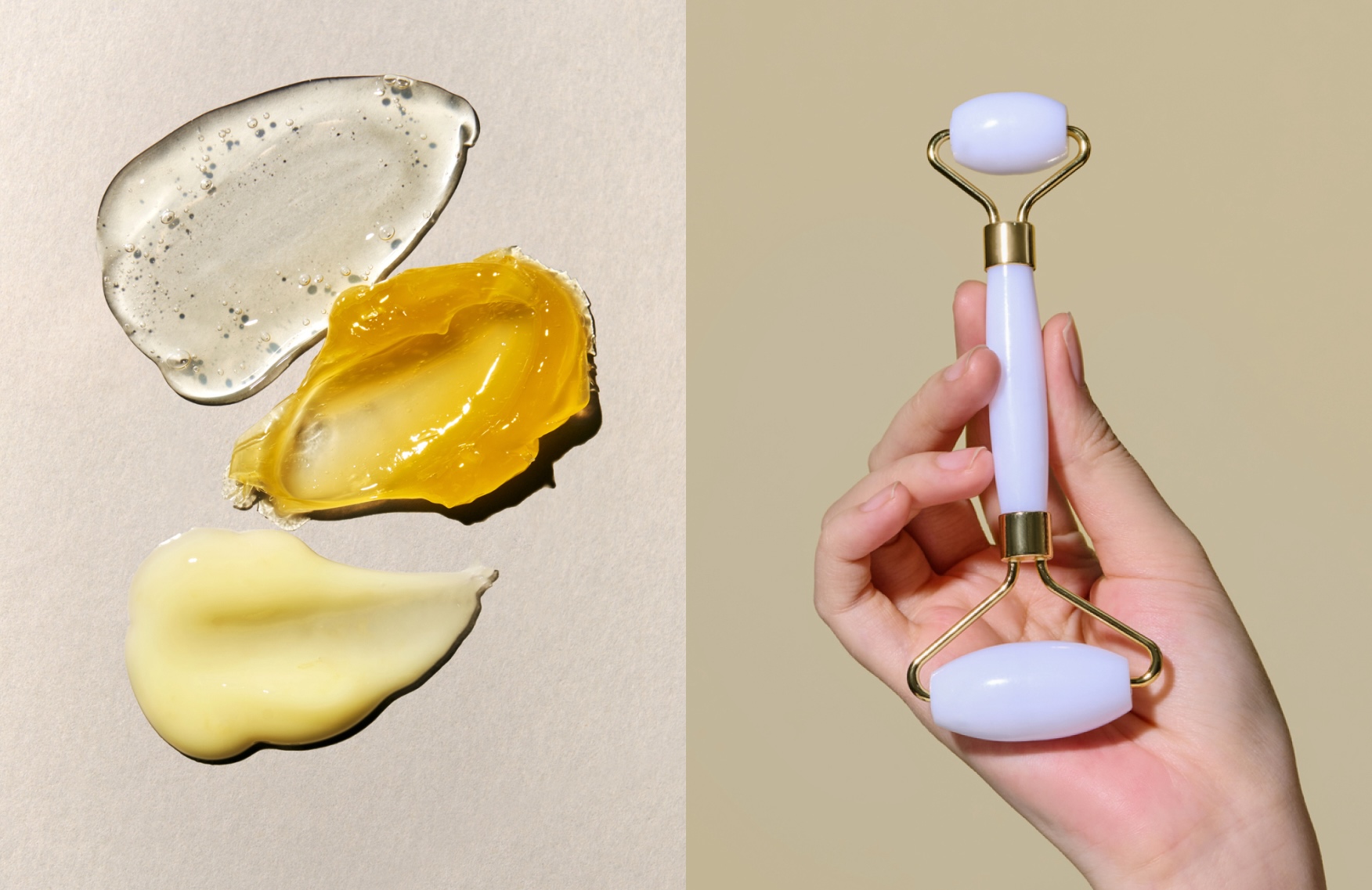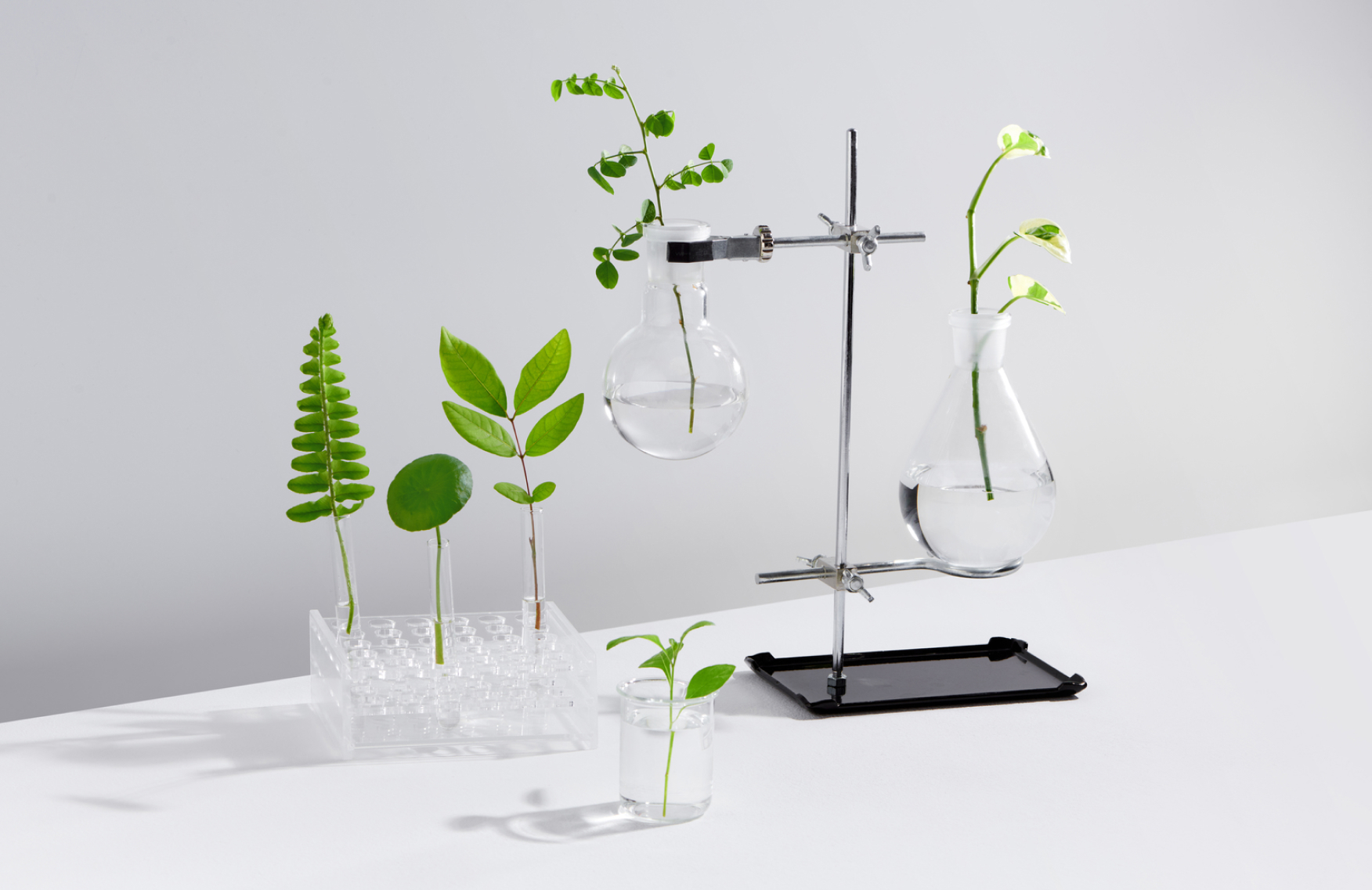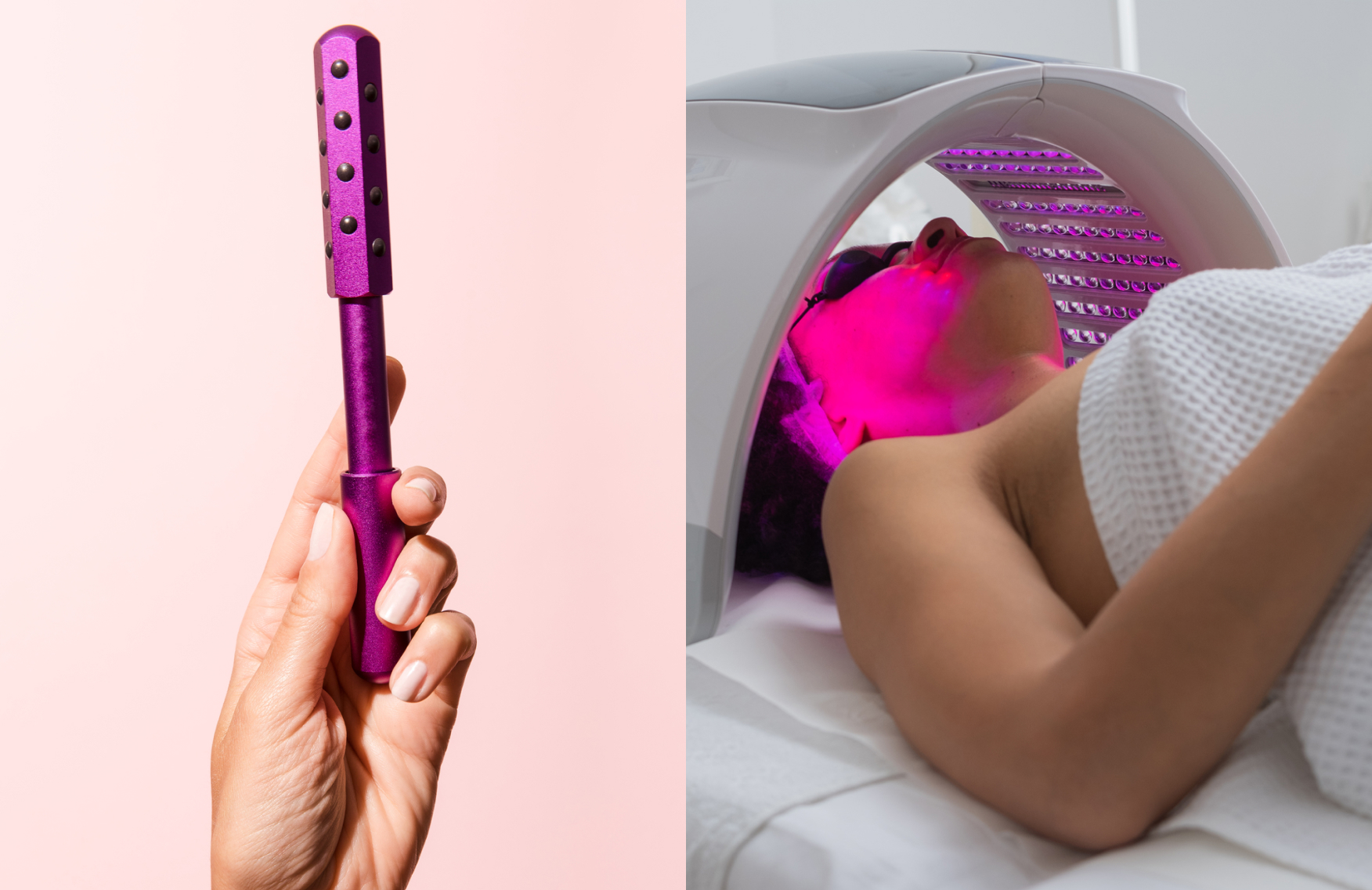Considering buying a red-light therapy mask? Here’s what you need to know

We’ve all seen it, the new bedtime look that includes towel-wrapped hair and instead of a sheet mask, there’s an almost otherworldly lit-up mask with red lights strapped to a face. But do these robotic-looking face masks really work, or is it just a fun social media post? We asked an expert to weigh in on whether it’s worth the splurge or not.
What is red light therapy?
According to Cleveland Clinic, the red light therapy technology works by using low wavelength red light to reduce wrinkles, scars, redness and acne. Besides looking bionic with a glowing mask, “red light therapy is used for skin rejuvenation and improved skin conditions, plus for the whole body it’s used for athletes who want to boost their muscle recovery,” explains Melody Lalezary, Physician Assistant at Los Angeles’ Skintight Aesthetics.
The technology, first used by NASA to grow plants in space and then help heal wounds of astronauts, turned out to promote cell growth and make way for Photodynamic Therapy (a way to target cancer cells using light-sensitive drugs). Today, red light therapy is used by exposing areas of the body to low levels of red or infrared light through LEDS. When the light is absorbed by the cells, it causes biological effects on the cellular level, according to Lalezary. “This could help with alleviating pain, reducing inflammation, increasing wound healing (especially for post-surgical patients), muscle recovery and improving skin conditions such as fine lines, wrinkles, acne, psoriasis and more,” she adds.
What should someone look for when choosing a red light therapy product?
“There are many factors to consider when choosing the right red light product. A device that emits a red light wavelength within the therapeutic ranges of 600-950 nanometers is ideal,” Lalezary says. She emphasizes consistency and adds that how frequently you use your mask, the ease of use and treatment time are all important factors.
“Red light benefits are cumulative and will produce the best results over time,” she says. “If the device is not very powerful but is used 4-5 times a week versus a very powerful device that is used infrequently because it’s inconvenient, the less powerful device will yield better results for the user over time.”
Who should NOT use red light therapy?
Red light therapy could be used on virtually anyone, but it’s not advised for those who are pregnant due to the lack of research available, Lalezary explains. Other people who should avoid it? People with eye conditions and those who are sensitive to light, or taking medications that make their skin more sensitive to light.
The views expressed in this article do not necessarily represent the views of Murad, and are for informational purposes only, even if the advice of physicians and medical practitioners are included. This article is not a substitute for professional medical advice, diagnosis or treatment, and should not looked be considered specific medical advice.


